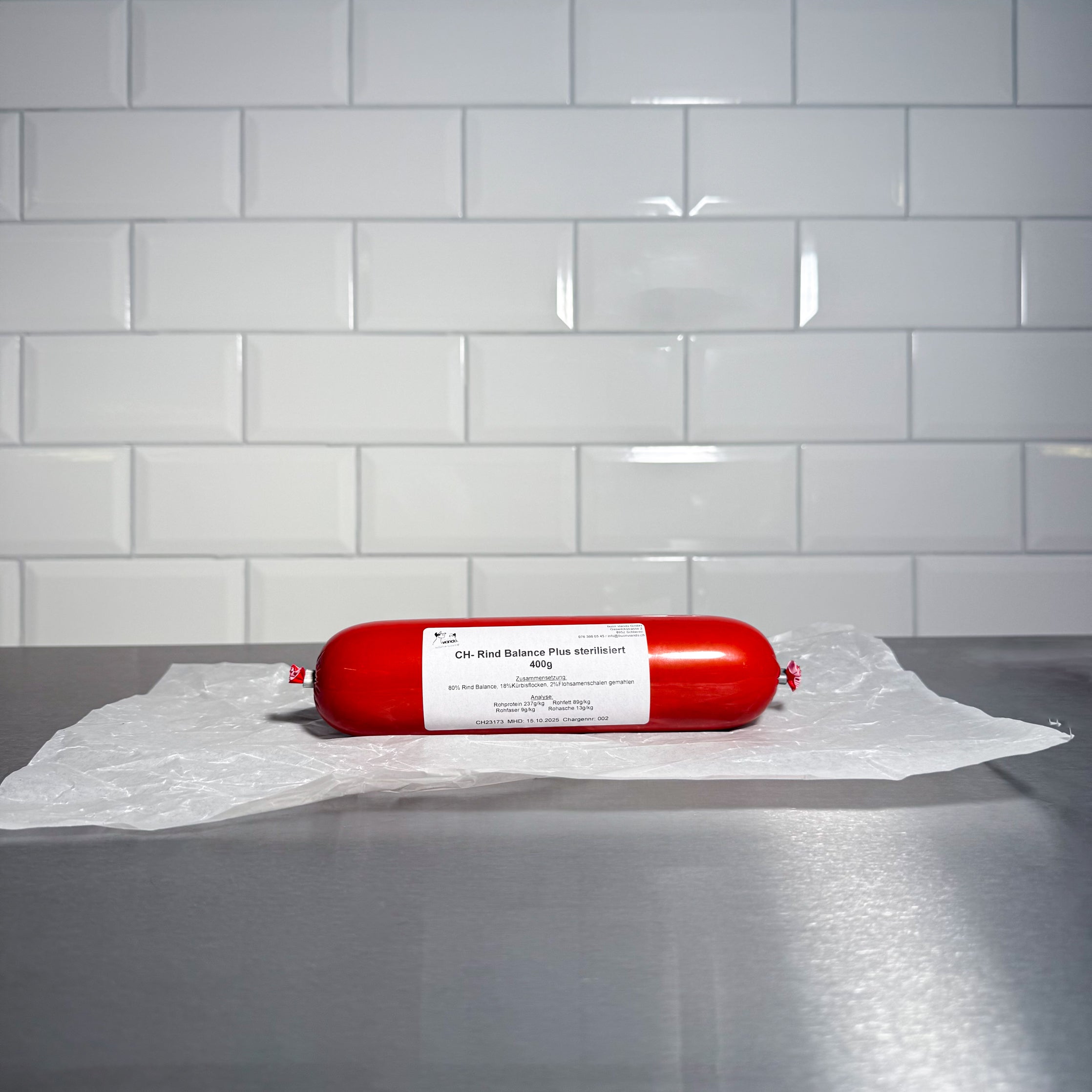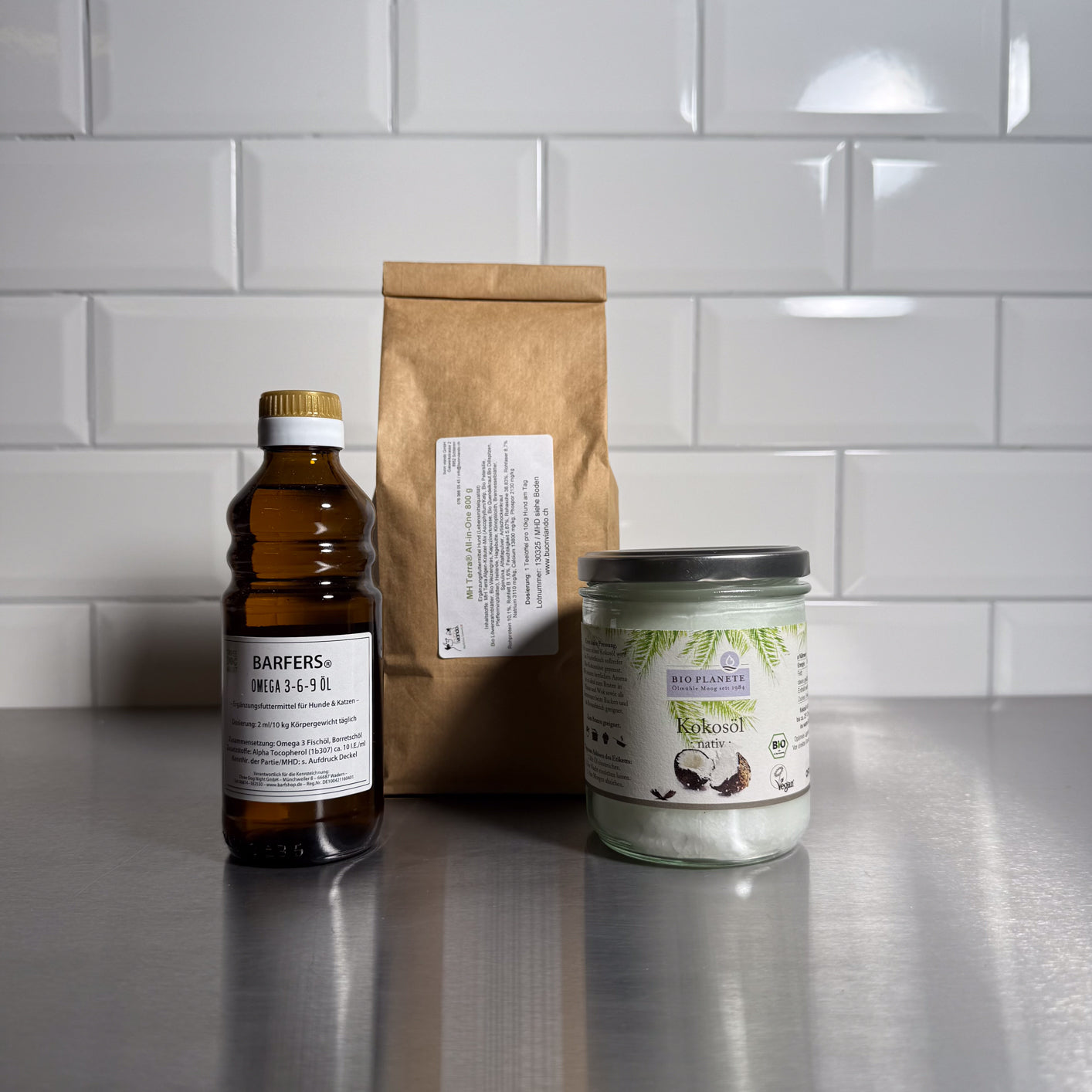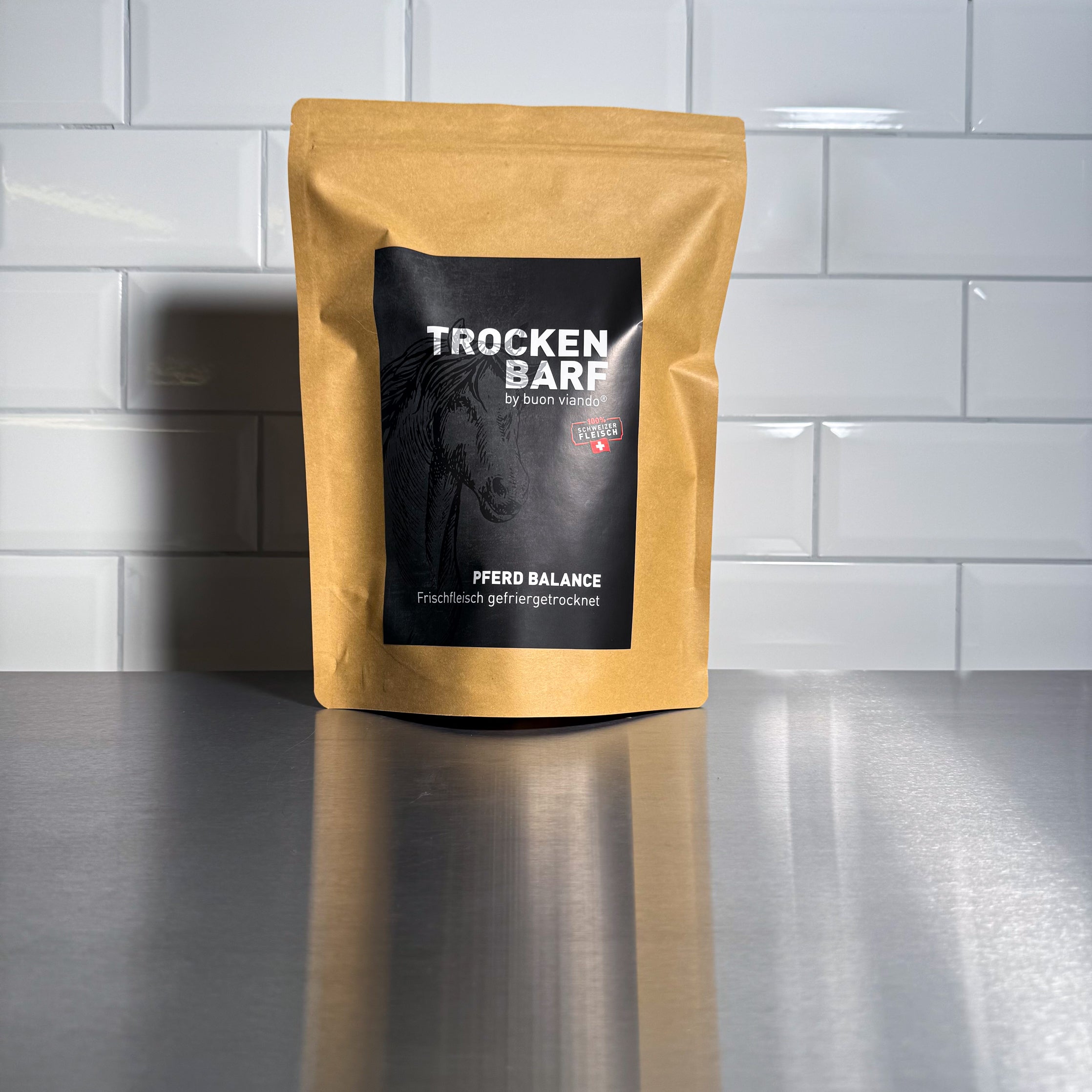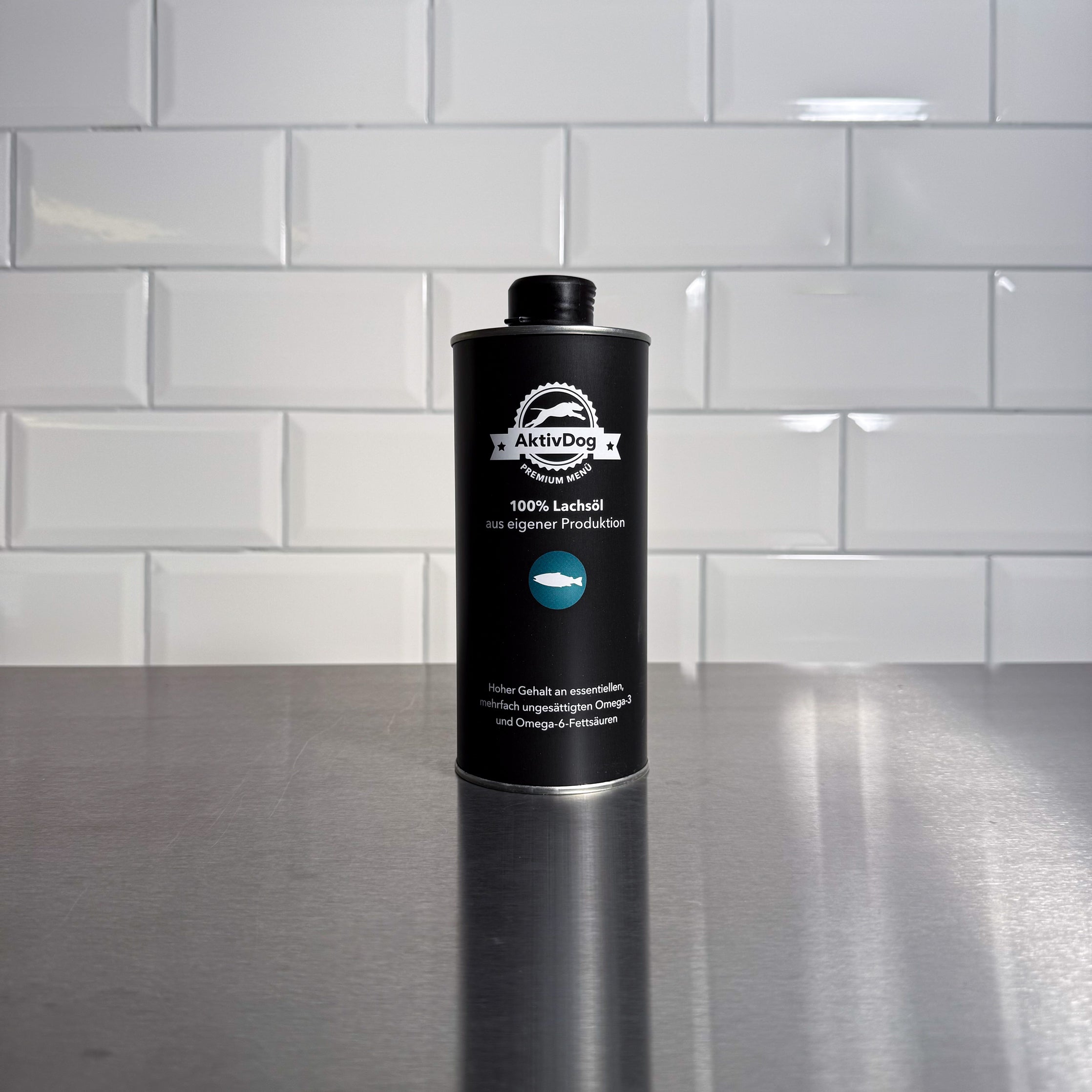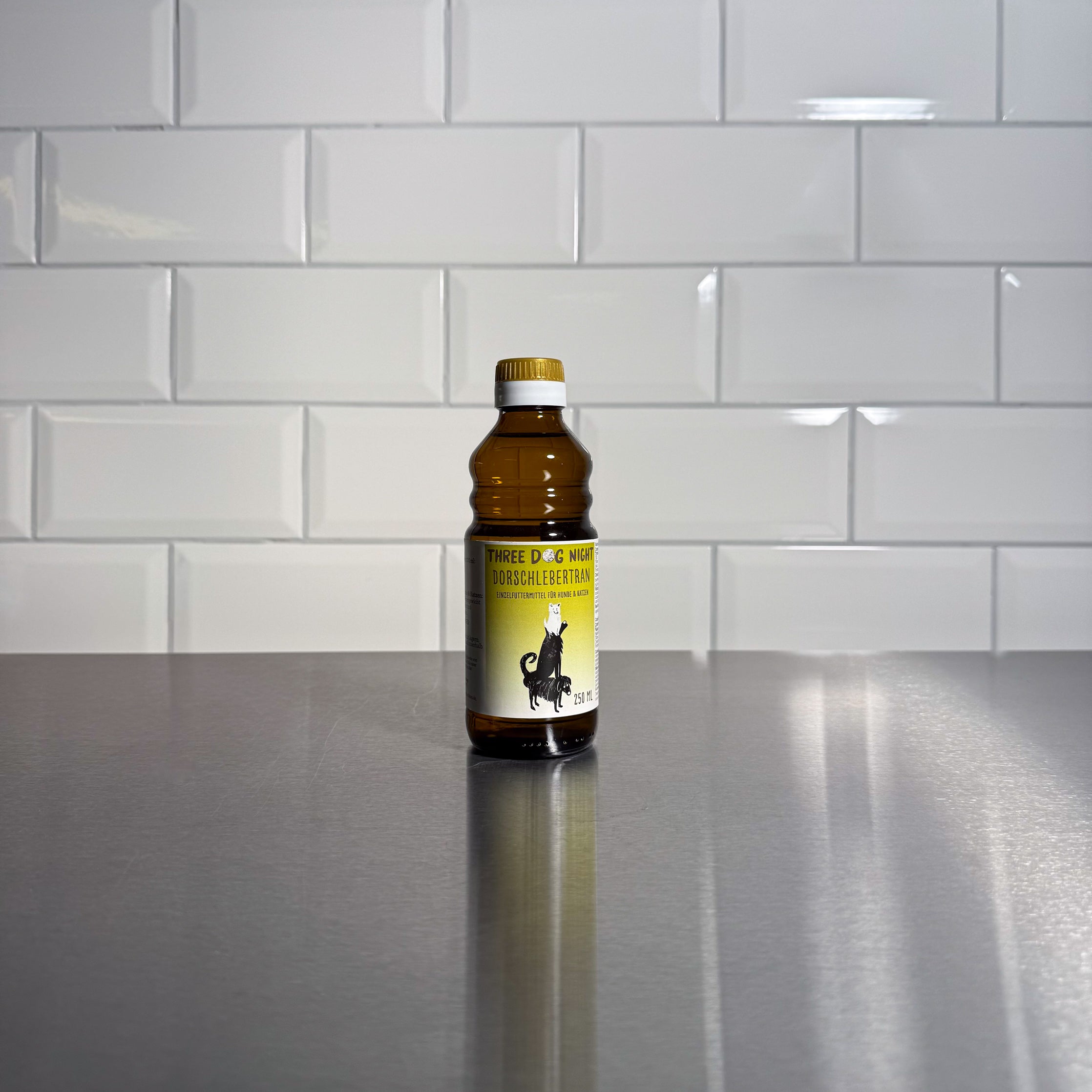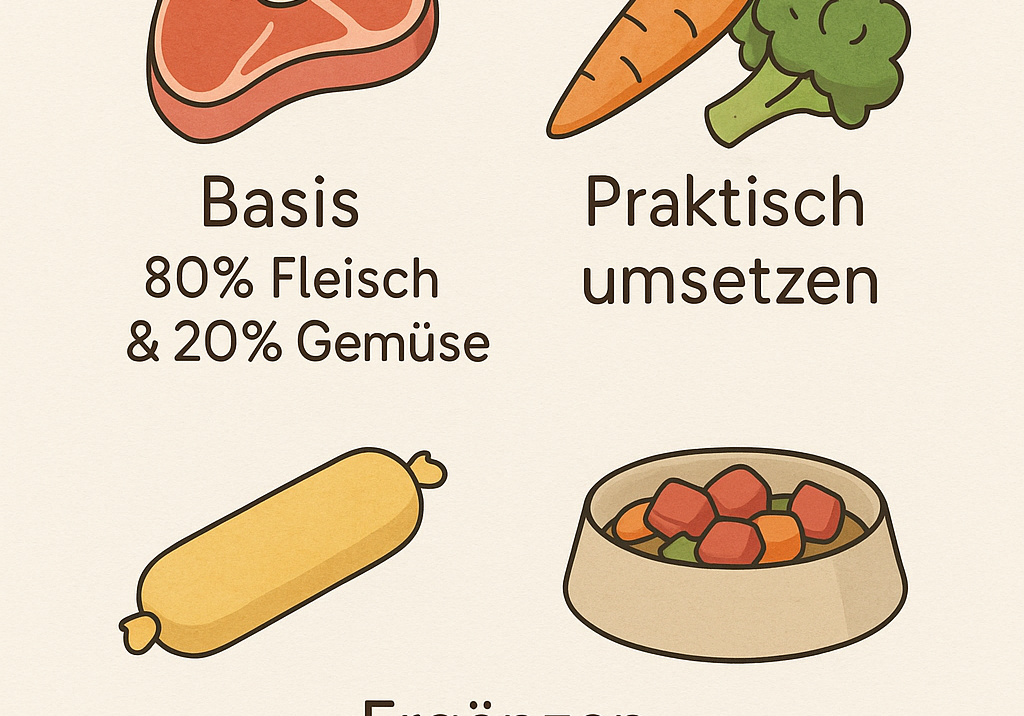Omega-3 Fatty Acids for Dogs: Why They're So Important and How to Provide Them Effectively
Omega-3 fatty acids aren’t just essential for humans—they play a critical role in the health of our dogs as well. But why are these fatty acids so important, how much does a dog need, and what are the best sources? This article offers a comprehensive overview of the importance of omega-3s and how to ensure your dog gets a balanced supply.
The Importance of Omega-3 Fatty Acids for Dogs
Omega-3 fatty acids are essential nutrients that cannot be produced by the body—they must be obtained through diet. They play a crucial role in:
-
Brain function & nervous system: Supports cognitive development and may help prevent dementia in older dogs.
-
Joints & muscles: Has anti-inflammatory properties that can ease arthritis and joint discomfort.
-
Heart & circulation: Promotes blood flow and supports heart health.
-
Skin & coat: Helps produce a shiny, healthy coat and soothes skin issues such as dryness or itching.
-
Immune system: Strengthens immune response and reduces inflammation.
Omega-3 vs. Omega-6: The Right Ratio Is Crucial
Dogs need both omega-3 and omega-6 fatty acids. Omega-6 is found in large quantities in meat, making deficiencies rare. Omega-3, on the other hand, is often lacking in the diet and should be consciously supplied. An optimal ratio is between 2:1 and 4:1 (omega-6 to omega-3).
How Much Omega-3 Does Your Dog Need?
The daily requirement depends on the dog's size:
- Mini dogs (up to 6 kg): approx. 250 mg / equivalent to approx. 2 ml = 1/4 teaspoon
- Small dogs (6-13 kg): approx. 500 mg / equivalent to approx. 3.5 ml = 1/2 teaspoon
- Medium dogs (13-22 kg): approx. 1000 mg / equivalent to approx. 5 ml = 1 teaspoon
- Large dogs (22-35 kg): approx. 1500 mg / equivalent to approx. 8 ml = 1.5 teaspoon
- Very large dogs (over 35 kg): approx. 2000 mg / equivalent to approx. 10 ml = 2 teaspoons
Signs of an Omega-3 Deficiency
An Omega-3 deficiency can manifest itself through various symptoms:
- Dull, lackluster coat
- Dry, flaky skin
- Itching and skin inflammation
- Increased fatigue and Lack of motivation
- Joint pain
- Delayed wound healing
The best sources of omega-3 fatty acids
1. Fish oil:
- Salmon oil, DHN® Cod Liver Oil, or BARFERS® 3-6-9 Oil are particularly rich in omega-3 fatty acids.
- Advantage: Contains bioavailable EPA and DHA fatty acids.
- Dosage: 1 tsp (5 ml) of salmon oil contains approximately 1000 mg of omega-3.
2. Fresh or dried fish:
- PURE salmon is particularly suitable.
- Dried chews such as cod skin or salmon strips are healthy snacks.
3. Plant-based alternatives:
- Sparrow® Organic hemp seed oil contains ALA (alpha-linolenic acid), which must first be converted into EPA and DHA in the body.
- The conversion rate is low (only approximately 10-15%), which is why plant-based sources are less effective than fish oil.
Tips for optimal feeding
- Consider quality: Cold-pressed, natural oils are the best choice.
- Keep an eye on shelf life: Fish oil goes rancid quickly – consume within 3 months of opening or check the manufacturer's best-before date.
- Increase dosage slowly: Especially for sensitive dogs, the amount should be increased gradually to avoid diarrhea.
The role of vitamin E in EPA and DHA
Did you know that vitamin E is a true bodyguard for the valuable omega-3 fatty acids EPA and DHA? These fatty acids are quite sensitive and can lose their effectiveness through oxidation. This is where vitamin E comes in: It protects them from damage and ensures that your four-legged friend can fully enjoy all their health benefits. That's why our products are already enriched with a healthy amount of vitamin E.
Conclusion: Omega-3 as the key to dog health
Omega-3 fatty acids play a crucial role in your dog's diet. A balanced diet not only promotes healthy coat and skin, but also supports joints, the cardiovascular system, and the immune system. By providing fish oil, fresh fish, or high-quality chews, you can ensure your dog is optimally nourished. Pay attention to quality, the right ratio of omega-6, and a dosage tailored to their needs – this is how you ensure a healthy, vibrant life for your dog!


